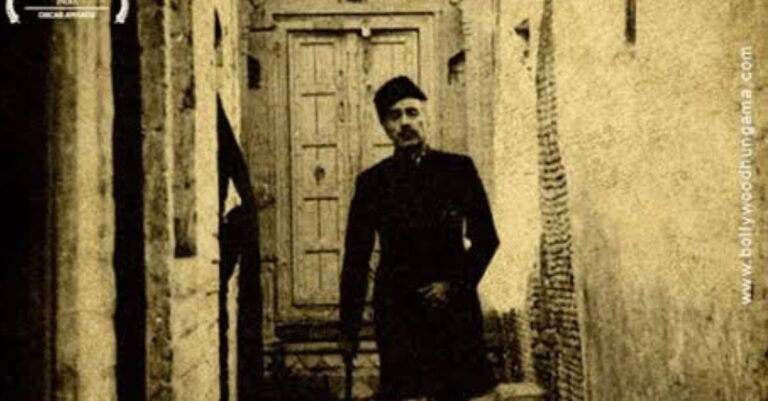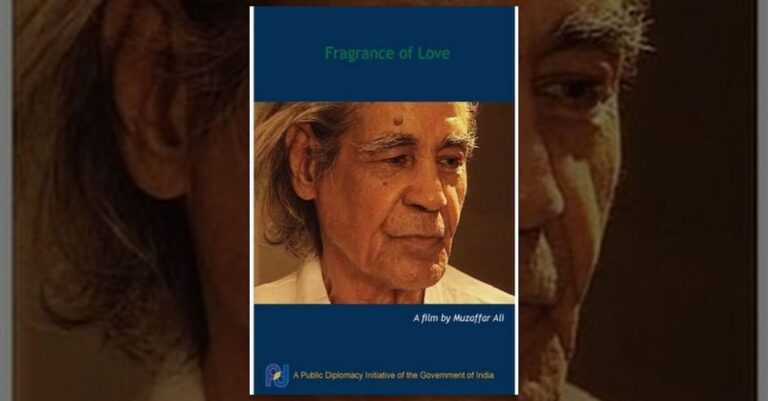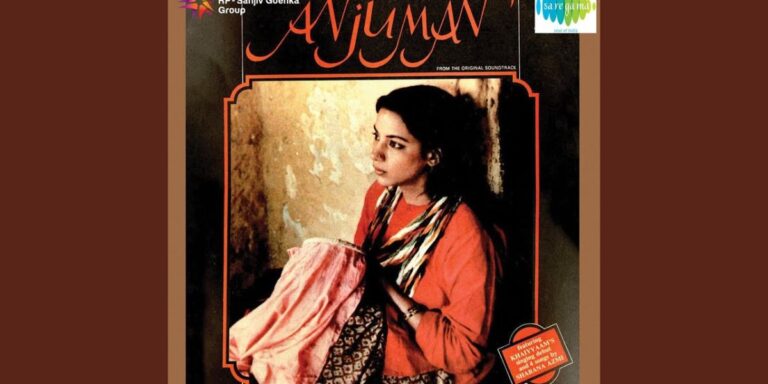Sadgati (1981)
Director: Satyajit Ray.
Producer: Doordarshan
Dukhi is a god-fearing person from a Dalit caste. He stays in a village with his kind and loving wife, Jhuria. Their daughter needs to be betrothed and the ritual can only be solemnised by a Brahmin. Dukhi (played by Om Puri) is unwell but somehow manages to request the village’s priest to visit his house and find out an auspicious date for his daughter’s betrothal. The priest (played by Mohan Agashe) is as Brahminical as Dukhi is submissive. One is completely dominant and the other is completely docile. One is rich, respectable and avoids any physical work while another is poor, outcaste and can do only manual work. Dukhi resigns himself to his fate as an outcaste. ‘Maharaj’ is arrogant about his birth. Dukhi calls him ‘Maharaj’ and shows reverence towards him. It is through this opposite binary of purity and pollution that their universe operates. This story is a classic case of homo hierarchicus.
The Brahmin priest does hundreds of rituals but is rude towards his son. He regularly scolds his wife, though he never raises his hands on her. When Dukhi asks the Brahmin priest to visit his house in the Chamar basti, he is thrown multiple tasks to finish but as a begār (forced labour without payment). The last and most tiring of which is chopping of woods. After working hard for hours, Dukhi becomes exhausted. The Brahmin priest ignores his request for food and orders him to chop wood. His wife refuses to cook food and says, “Chamar ho, Dhobi ho, Pasi ho, muh uthai ghar mein chala aaye. Hindu ka ghar na hua, koi sarai hui.” Dukhi dies due to exhaustion. The chamars of the village refuse to dispose of his body. At last, the Brahmin priest takes the body outside the village and throws it away the dead body at the same place where people throw garbage and dead cattle. This is how the soul of Dukhi gets salvation (sadgati).
This, in short, is the plot of the film Sadgati (1981), directed by Satyajit Ray. It is based on a short story with the same title by Premchand. Written originally in Hindi by Premchand, Ray has also made the film in the same language. This is one of those rare films where Satyajit Ray has used a medium which is not his mother tongue, Bengali. Ray in this film succeeds in showing the rural life of north India, pejoratively called ‘cow-belt’. Sadgati was produced by Doordarshan and runs for around 50 minutes. The performances by Om Puri, Smita Patil (as Jhuria), Mohan Agashe and Gita Siddharth (as the wife of the priest) are compelling. Another film by Ray that I find noteworthy is Agantuk (1991). Very few people know that it was Satyajit Ray who inspired Muzaffar Ali to make the film in the neo-realist mode. Ali’s films like Anjuman (1986) and Gaman (1978) are as timeless as are Ray’s Sadgati (1981) and Agantuk (1991).

Premchand is a household name in north India. He wrote both in Urdu and Hindi. Some of his notable short stories are: Panch Parweshwar, Kshama, Mandir o Masjid, Hinsa Parmo Dharma, Idgaah, Poos ki Raat, Namak ka Daroga, and Thakur ka Kuan. His writings are extremely simple but profound in terms of the message they convey. Reading Premchand, one understands the day-to-day life of the rural folk of the United Provinces at the turn of 20th century. His stories are mostly set in the Banaras region, and if you visit rural Banaras, you will be surprised to see a semblance with today’s Banaras despite a gap of around a century. The movie captures the true spirit behind the story.

The film is set realistically and shows rural life in detail. The way Dukhi uses a broom as a dust-picker, the usage of the terms like ‘ser’ and the thatched roofs of the huts. The thick mud walls, along with other elements of the rural setting, reminded me of the picturesque book Behind Mud Walls (1963) by William and Charlotte Wiser. What I liked most is the enactment of caste in the realm of both body and language. A Brahmin priest cannot sit at any place due to his high ritual status. The priest and even his son use the derogatory language like Chamar-wa for Dukhi. Dukhi is always bent with folded hands, but the priest is always with a confident gait. Dukhi, being a pious Hindu, always accepts humiliation as a matter of fate. In a way, the villages of the Banaras region are still spatially segregated on caste and religious lines. Untouchability is still widely practised, but its violent form has decreased considerably.
While Sadgati exposes caste as a rural-feudal-ancient institution, today empirical researches show that caste is transforming into an urban-capitalist-modern institution. Sukhadeo Thorat and Paul Attewell (2007) show that rampant discrimination (untouchability) is practised in the private-sector jobs against Dalits and Muslims. Similarly, Thorat and others (2015) show that Muslims and Dalits are denied houses in urban spaces like Delhi. There is considerable discrimination in academics, too, as shown by Thorat Committee Report (2007). Most teachers do not even bother to mention reputed scholars like Eleanor Zelliot or Gail Omvedt to understand the importance of the Poona Pact (1932) and Buddhism (1956) in the life of Dr. Ambedkar.
Needless to say, very few people know that Dr. Ambedkar has written State and Minorities (1947). It is this text that captures the vision and mission of Dr. Ambedkar most succinctly. Another text where Ambedkar theorised the relation between untouchability and communalism is Communal Deadlock and a Way to Solve It (1945).
One aspect missing in the film is the use of the local dialect (possibly Bhojpuri) to make the setting more real. All the characters speak sanitised Hindi, something which is still unthinkable in rural north India. Nonetheless, this does not diminish the importance of the film, which must be seen by all those who want to understand rural north India and the associated Hindu social order. The viewer is left dukhi (lamenting) that there is still no sadgati (liberation) from the caste hierarchy!




